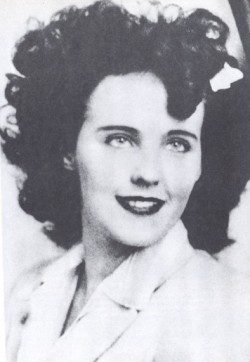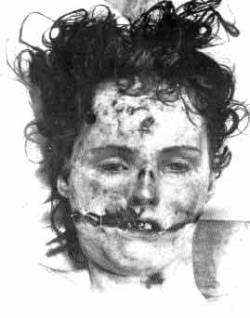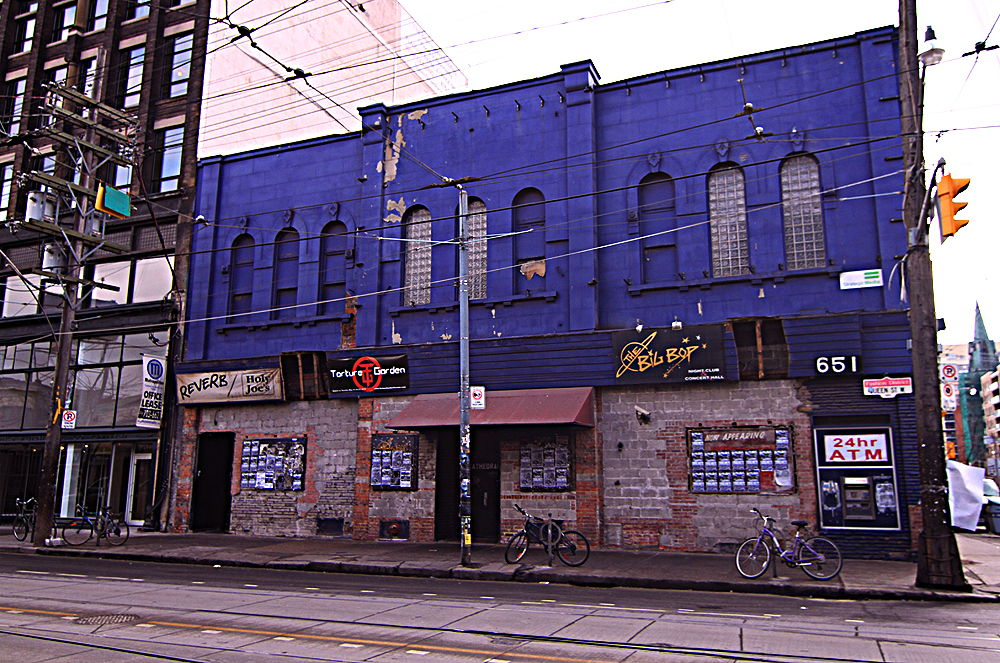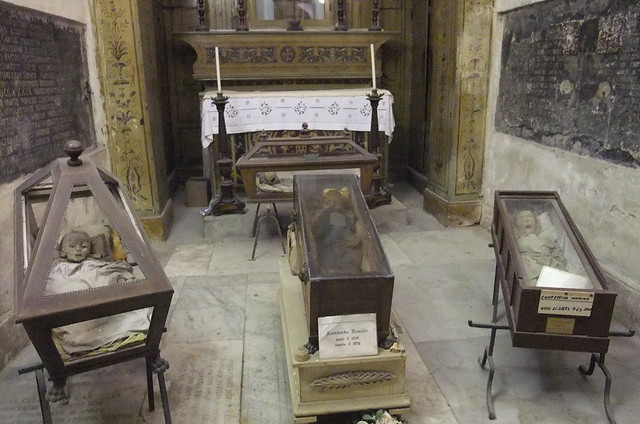I found this interesting article online by chance regarding the Toronto Goth Scene (see previous article about it
HERE). What I can understand out of this article is that through the years the scene has faded a lot and the "mall" goths have taken over making the original goth scene die.
.
On 27th February, landmark Goth - altenative shop "Siren" has closed. Another victim after the other alt shops and clubs like famous "The Vampire Sex Bar", which have been replaced by "normal" shops or even by Starbucks! (see list below).
Goth scene exits Queen St. W. with shuttering of Hell’s Belles clothing boutique
Alternative fashion boutique Hell’s Belles shut its doors today, marking the grim death of an iconic storefront that helped launch Toronto’s goth scene.
 |
| Hell’s Belles owner Sarah Khokhar closed the Goth clothing boutique Queen St. West |
Article by: Alex Nino Gheciu Staff Reporter, Published on Wed Feb 27 2013 on www.thestar.com
"Finding a pair of skull-buckle boots on Queen St. W. is about to get a lot harder.
Alternative fashion boutique Hell’s Belles shut its doors today, marking the grim death of an iconic storefront that helped launch Toronto’s goth scene in the early ’90s.
“These guys were at the forefront of the goth movement,” says long-time customer Bob Daoust, now in his 40s. “But do they belong here anymore? Not so much.”
When it opened at 463 Queen St. W. in 1988, the store — formerly known as Siren — was the first business in Toronto to cater to people with a taste for vampire coats and The Cure. Soaring rents created an exodus of goth businesses from the area and Hell’s Belles was one of the last of its kind. Some see its closure as a nail in the coffin of alternative fashion on Queen St. W.
“There used to be rows of goth clothing stores on the street,” says Hell’s Belles owner Sarah Khokhar, 36. “Independent shops like ours are just not able to survive on Queen anymore.”
In August, 463 Queen St. W.’s long-standing landlord sold the Victorian-style structure to the One Hundred Group Corporation, which owns several buildings in the area. Khokhar was forced to abandon shop after the rent was hiked to $10,000 a month; almost triple the current rate of $3,600. Still, it appears the storefront will retain its biblical theme: local fast-food chain The Burger’s Priest is slated to move in mid-May.
“It’s gone from the goth scene to the burger scene,” says Matt Cottrell, manager of Dusk, one of the few remaining alternative clothing shops on Queen West. The hybrid boutique-tattoo parlour has faced slumping sales since opening on the increasingly-gentrified Queen West two years ago. “People are spending their money very differently. You have a major player like Hell’s Belles closing and it’s not a good sign ... I’m nervous.”
Before Khokhar took over and renamed the shop in 2005, she worked as head clerk of Siren for more than a decade. Original owners Groovella and Morpheus Blak, who were inspired by increasingly-popular goth fashion in the U.K., saw their tiny shop spawn a local subcultural movement in the early ’90s, bolstered by the mainstream success of macabre films including Bram Stokers Dracula and Interview with a Vampire.
“Suddenly all the guys wanted frilly shirts and frock coats so they could look like Lestat,” says Groovella, now known as Groovinda Dasi. “Similar shops and bars like Sanctuary started opening around us. West of Spadina became hip in a creative, non-commercial way.”
Eventually, the couple divorced and left the shop in Khokhar’s hands. By that time, chain stores had already begun moving onto the street and cramping the subculture’s style. Nevertheless, Hell’s Belles kept alternative fashion alive on Queen, mixing in pin-up and rockabilly styles with traditional goth, all while carrying local designers such as FashionWhore and Stop Staring.
With the store closing, Dasi worries about the future of Toronto’s alternative fashion scene.
“Without Hell’s Belles now, there’s a bit of a void in Toronto,” she says. “Where do people go now to buy the fun wig, blue lipstick and spike-heeled shoes?”
Customers like Daoust have found the answer in the Internet and its infinite array of cheap alternative gear.
“To be honest, why am I going to spend $300 on an outfit here when I can find it online for a tenth of the price in Japan or the States?” he asks.
Others look to mall chains such as Hot Topic and H&M, which offer “edgy” styles similar to those found in local boutiques, but for much cheaper.
“These chain stores have become very quick at seeing what local creative people are doing and making it in Bangladesh for super cheap,” says Kingi Carpenter, whose alternative Queen West boutique Peach Berserk was forced to close last year. “People have grown accustomed to buying a shirt for only half the price they’ll spend on a burger.”
Despite the challenges, Khokhar hopes to open another boutique in Toronto somewhere down the line. She is keeping the facebook page Hell’s Belles Clothings open and will post any future endeavours.
Khokhar says she wants to help Hot Topic shoppers remember the point of dressing alternative: to look different.
“It’s a small goth scene in Toronto,” she says. “You don’t want to go out and see someone wearing the same crazy outfit you’re wearing.”
Toronto’s once-vibrant goth spots, now gone:
The Big Bop Concert Hall, 651 Queen St. W.
Closed: 2010
Then: A big purple building that served as home base to a slew of all-ages goth, punk and metal bands
Now: CB2 furniture
Sanctuary: The Vampire Sex Bar, 732 Queen St. W.
Closed: 2000
Then: A goth nightclub that featured parties thrown by some of the city’s best goth-industrial DJ’s
Now: Starbucks
House of Ill Repute, 469 Queen St. W.
Closed: 2003
Then: A boutique carrying Victorian, Gothic and fetish fashions
Now: Golden Beads & Craft Supplier Ltd.
The Vatikan, 1032 Queen St. W.
Closed: 2006
Then: A live music venue featuring some of the city’s hottest goth, industrial and hardcore shows
Now: Wicked, the swinger’s club
Nocturnalia House of Dreams, 372A Queen St. W.
Closed: 2005
Then: A popular store that sold goth clothing and pagan items
Now: A&W burgers
Other interesting facts about the fading Toronto Goth scene can be found on this site:
Any of you readers/followers are from Canada?
We would like to hear live opinions and point of views about Toronto goth scene! Is it really going bad as said in this article?








































